Key points
• Crucial for Breaking Down Waste: Bacteria in septic tanks are key to breaking down organic stuff, turning waste into simpler substances that aren’t as bad.
• Keeps the System Running Smoothly: It’s super important to have the right amount of bacteria in your septic tank. It stops problems like clogs, nasty smells, and the whole system going haywire.
• Vulnerable to Chemicals: Some everyday chemicals and antibiotics can mess with the bacteria in your septic tank. This could make them less good at dealing with waste and might even wreck your system.
Contents
- 1 Key points
- 2 What Are Bacteria and What Do They Do in Septic Tanks?
- 3 The Importance of Bacterial Balance
- 4 Understanding Bacteria in Septic Tanks
- 5 Chemicals and Their Impact on Bacteria
- 6 Physical Disturbances and System Maintenance
- 7 How Temperature and pH Affect Septic Tanks
- 8 Best Practices for Promoting Healthy Bacteria
- 9 Spotting Signs of Bacterial Trouble
- 10 Fixing Bacteria Problems in Septic Systems
- 11 How to Keep Bacteria Issues at Bay in Your Septic System
- 12 Understanding Septic System Bacterial Regulations
- 13 Following Environmental Rules
- 14 Bacteria and Septic System Health
- 15 Improvements in Biotech and Bacteria Manipulation
- 16 Environmental Impacts and Sustainability Considerations
- 17 Changing Ideas and Methods in Managing Septic Systems
- 18 Frequently Asked Questions (FAQ)
What Are Bacteria and What Do They Do in Septic Tanks?
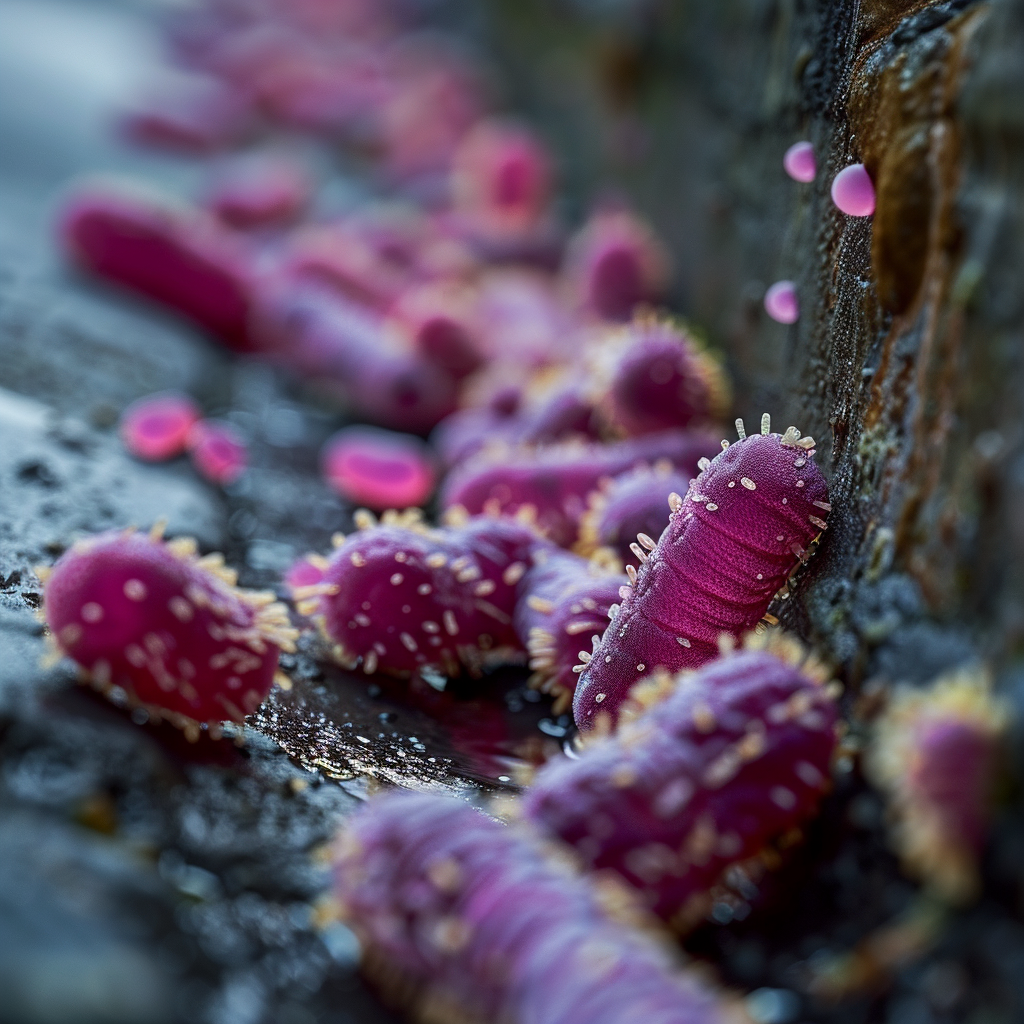
Bacteria are tiny, single-celled organisms found all around us, even in septic tanks. They digest organic waste, turning it into simpler stuff like water, carbon dioxide, and different inorganic materials. This breakdown is vital for septic systems to work right. It helps avoid clogs and keeps the outgoing water within safe limits.
The Importance of Bacterial Balance
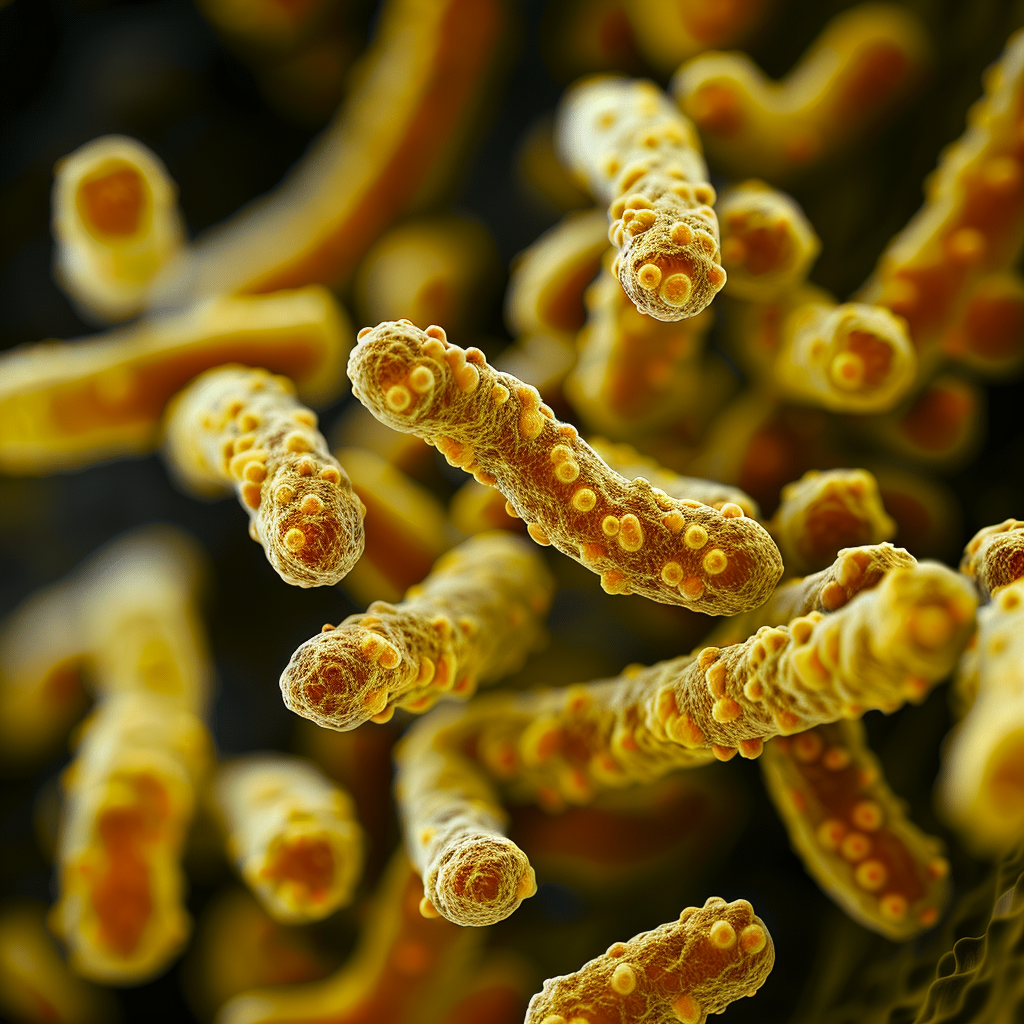
It’s very important to keep the right balance of bacteria in your septic system. If you mess this up by using strong cleaners or too much water, the bacteria won’t work as well. This means more solid waste builds up and your system won’t work right. You have to keep an eye on it and not use stuff that kills the good bacteria.
Understanding Bacteria in Septic Tanks
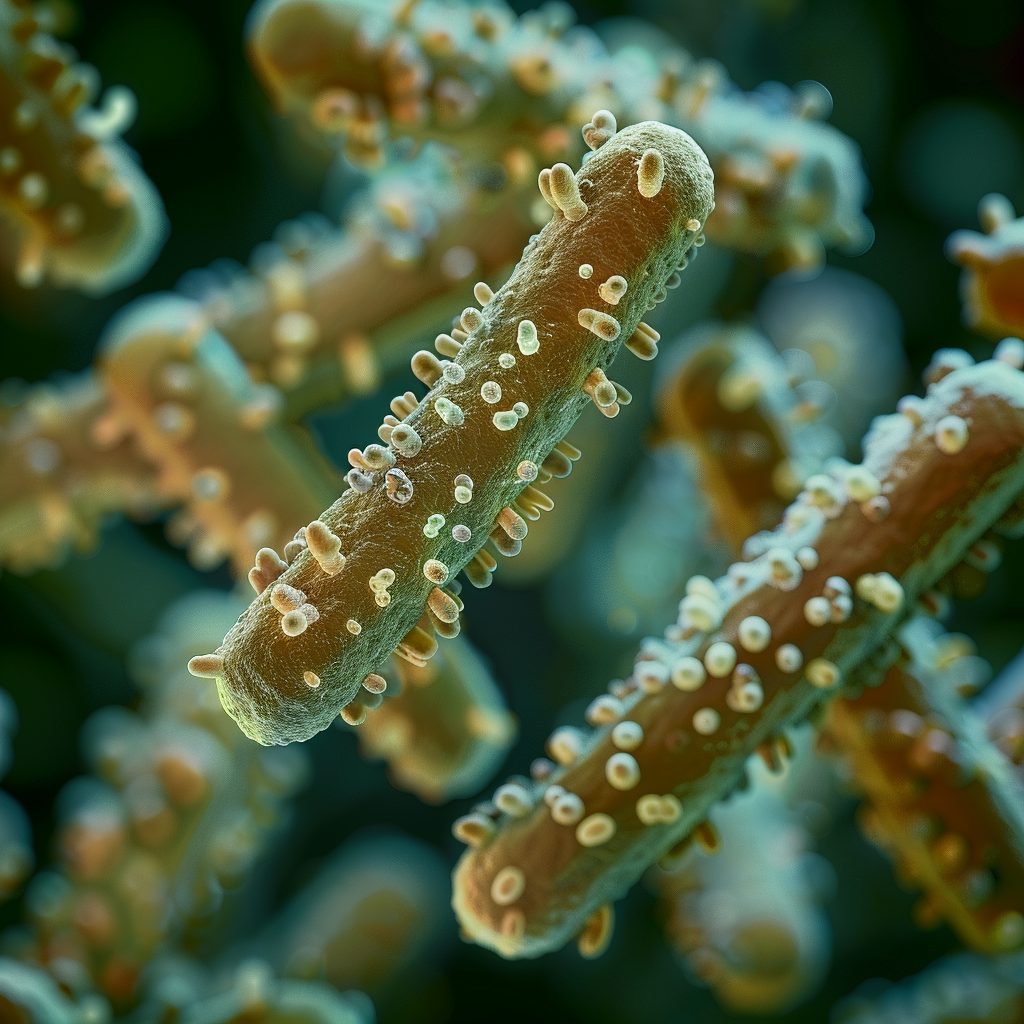
Septic tanks are home to different bacteria that each play a part in processing waste. Aerobic bacteria need oxygen and they break down sewage fast. On the other hand, anaerobic bacteria don’t need oxygen and work slowly to take apart tougher waste. Both types are essential for a complete cleanup of the waste in your tank.
Good bacteria keep a constant flow of breaking down stuff we flush away, making it safe. Taking care of these tiny organisms means your septic system will last longer and the environment stays clean.
Bacteria are tiny yet mighty, churning organic junk into harmless materials. The right mix of bacteria is key for this job.
The Difference Between Anaerobic and Aerobic Bacteria
Anaerobic and aerobic bacteria are the two main sorts in septic systems. Anaerobic ones don’t need oxygen and are common in most tanks. They slowly chew up waste without oxygen. Aerobic ones do need oxygen and are found in special tanks that pump in air. This speeds up the breakdown process.
How Bacteria Grow and Multiply
These bacteria grow, split in half, and sometimes die. They mainly make copies of themselves by splitting into two. This quick and easy way to multiply keeps them ready to handle our waste effectively.
Bacteria’s Tricks for Surviving
Bacteria in septic tanks are tough. They can handle different kinds of waste and survive changes in pH and temperature. Some can even make spores to live through rough times. They’re built to last, which keeps septic systems working smoothly.
Bacteria turn the waste into liquid effluent while solids become sludge at the tank’s bottom and fats float on top as scum. To avoid problems, it’s vital to take care of your septic system by checking it regularly.
The septic tank has a whole world of microorganisms that work together to manage waste. It’s impotant to know how they interact if you want your system to work well.
Working Together For A Cleaner Tank
Bacteria in the tank depend on each other. Some create stuff that others use to live. Like when some make hydrogen from rotting stuff, others gobble it up for energy. They help each other out, making sure all the waste breaks down right.
The Give and Take of Bacterial Life
Bacteria in tanks both compete and cooperate for survival. This battle decides who thrives, ultimately affecting how well your septic works. But sometimes they team up, creating layers on the tank’s insides where they join forces to get rid of waste better.
What Impacts Bacteria in Septic Tanks?
Lots can change how well bacteria do their job like pH levels, temperature, and oxygen. Be mindful of what goes down the drain because harsh chemicals or too much water can mess with these delicate germ communities and botch up the cleaning process.
Chemicals and Their Impact on Bacteria
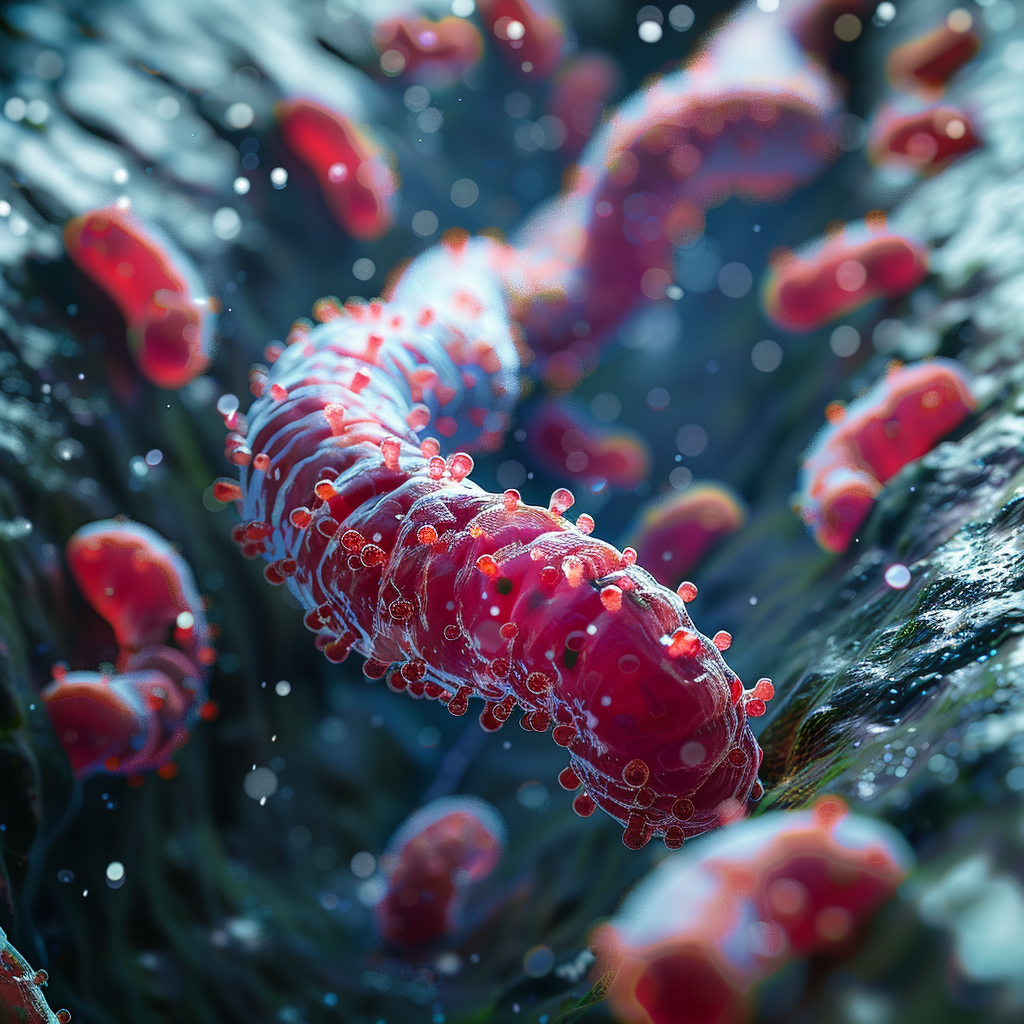
Bacteria’s well-being in a septic tank is crucial because they digest organic rubbish. A range of chemicals might mess with this careful equilibrium. Take cleaning supplies from home–they often pack ingredients toxic to the bacteria. We’re talking bleach, antibacterial hand wash, even harsh pipe uncloggers. Tossing medicines, antibiotics especially, down the sink is another no-go. They really knock down the bacteria that you need for breaking down waste. When these helpful microbes get wiped out, your septic setup just doesn’t work right.
Physical Disturbances and System Maintenance
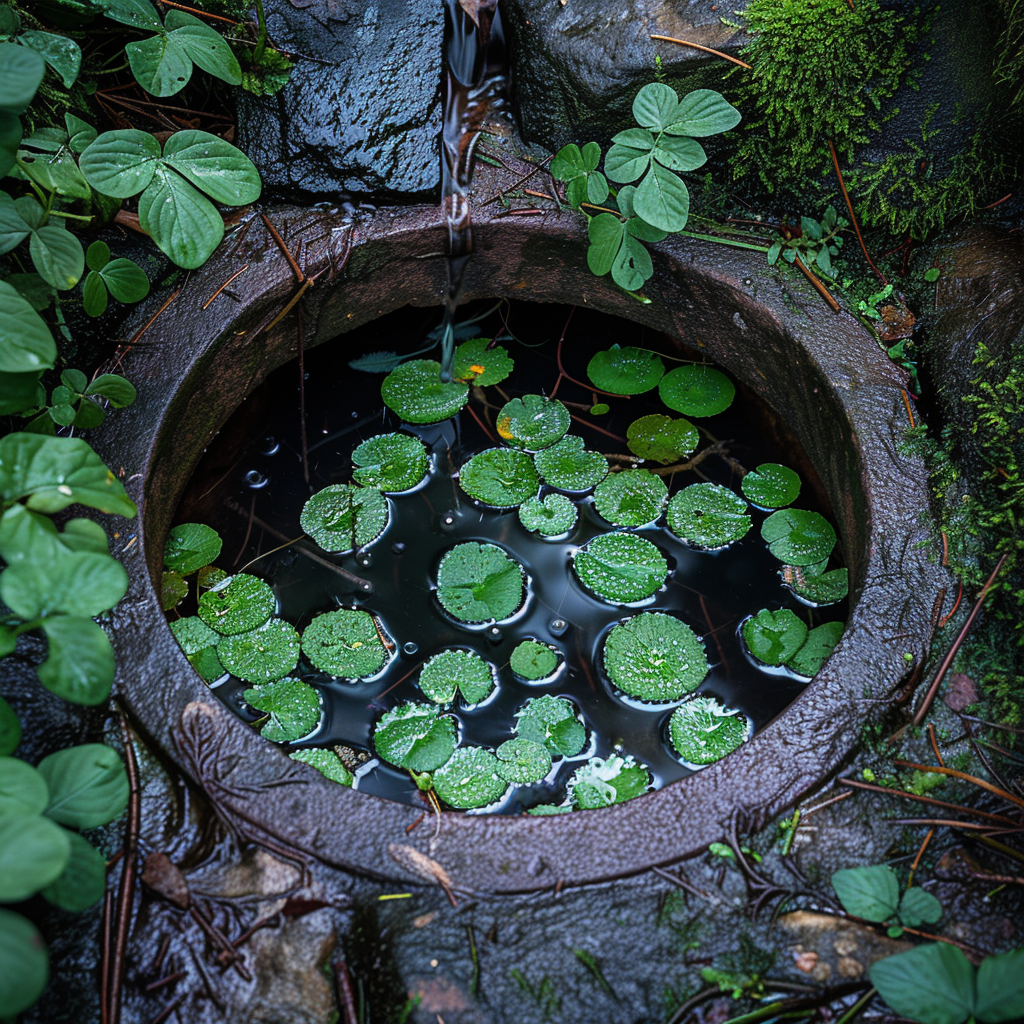
To keep a septic system running smoothly, regular care is key. Yet, rough treatment can mess up the microbes at work inside. For example, if cars often drive over where the drain field lies, they might squash the dirt and hurt whatever’s below. Also, building stuff too close to the septic tank could make it less sturdy. Plus, you’ve gotta watch out for what goes down the sink or toilet because things that don’t break down, like wet wipes or kitchen fats, can jam up the works. This kind of trouble makes it tough for those good germs to do their job right.
How Temperature and pH Affect Septic Tanks
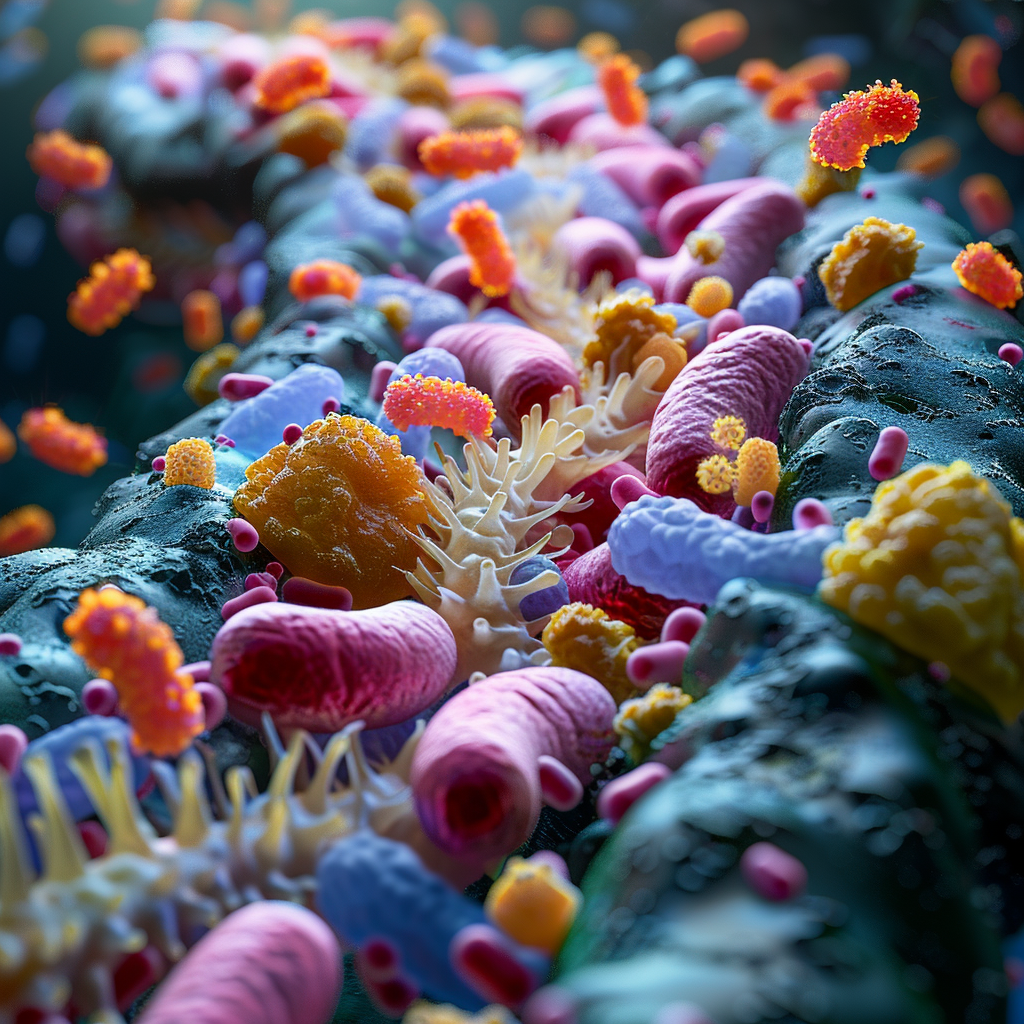
Septic tanks work best at temperatures between 4°C and 35°C (39°F and 95°F). Too much cold can make bacteria less active, and too much heat might kill them. The pH level in a septic system should also stay neutral. If it’s too acidic or too basic, the bacteria won’t do well. Keep an eye on how much you use your septic system when it’s very hot or cold out. Also, check the pH regularly to keep the bacteria healthy and working hard.
Best Practices for Promoting Healthy Bacteria
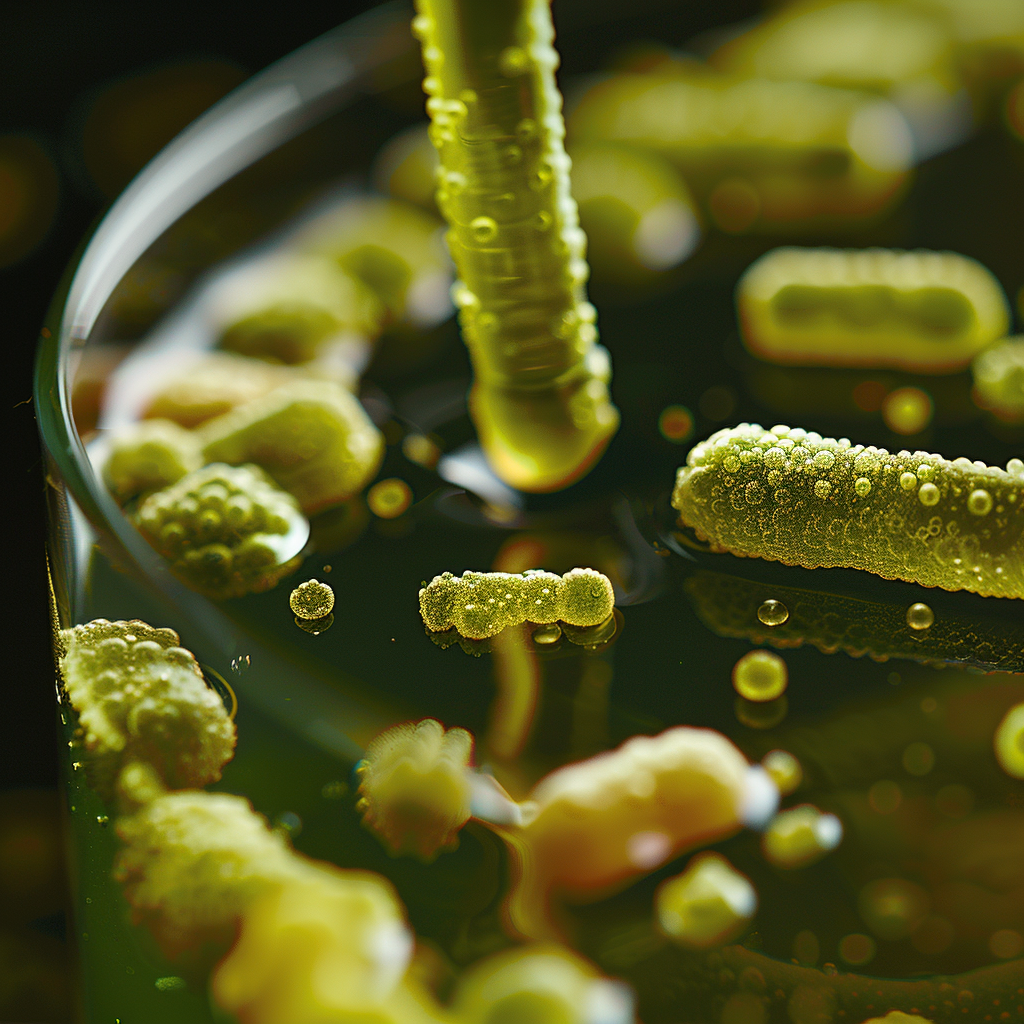
A working septic tank needs good bacteria to process organic waste and prevent clogs. These tiny organisms are key to a healthy septic system.
Enhancing Bacterial Performance in Septic Tanks
You can make the bacteria in your septic tank work better. Make sure to look after your system by cleaning it out regularly, so solids don’t pile up. Watch what you put into it; here’s some advice:
- Use less antibacterial stuff: Too much can kill off the helpful bacteria.
- Don’t flood it with water: Too much water at once can mess things up.
- Keep out stuff that doesn’t break down: Things like cigarette ends, pads or plastics stop bacteria from doing their job.
Use of Additives and Their Efficacy
Additives for septic tanks say they’ll either give you more good bacteria or break things down quicker. Biological ones have enzymes and bugs; chemical ones might melt away clogs. But whether they actually work is up for debate. Some pros think a balanced septic system doesn’t need extras, while some say they’re OK now and then if you need them.
Design Considerations for Optimal Bacterial Activity
If you’re making a septic system, make sure it’s got the right setup for bacteria to do well: the right size, sections, air flow, and warmth. The tank needs to be comfy for the microbes to grow and get rid of waste properly. Good air flow and keeping the temperature steady helps a lot.
In the end, having the right amount of active bacteria is vital to how your septic tank works. Regular care and being careful with what goes into it are central to keeping it working well.
Spotting Signs of Bacterial Trouble
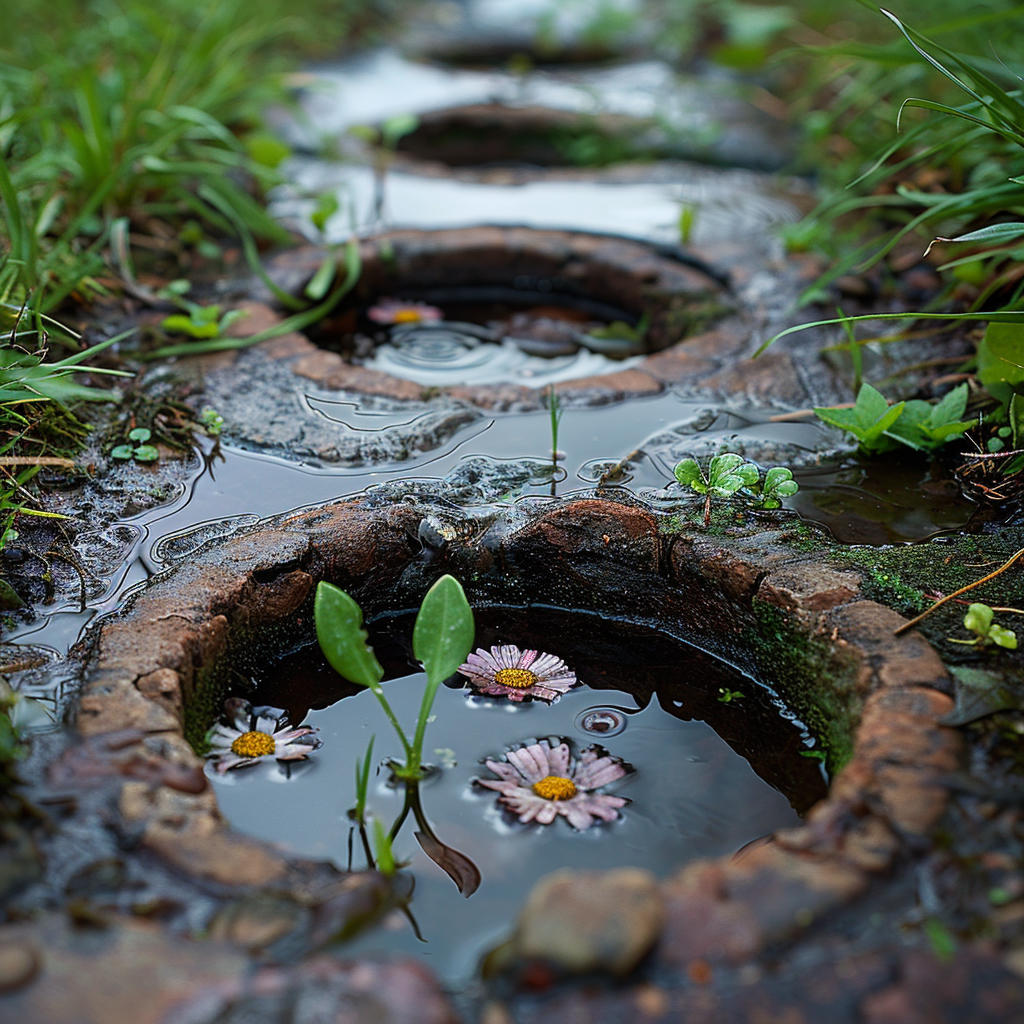
It’s important to notice signs that your septic system’s bacteria levels might be off. Common clues include sinks and toilets taking a while to drain, bad smells coming out of drains or the area where the wastewater goes into the ground, and grass that’s unusually green near the septic tank. Also, if there’s standing water where it shouldn’t be, by the drainage field, this is usually a dead giveaway of a problem. It’s key to keep your eyes open for these symptoms so you can catch bacterial issues early on—they need to be dealt with quickly to dodge bigger headaches down the line.
Fixing Bacteria Problems in Septic Systems

If your septic system is out of whack because there’s not enough good bacteria, you’ve got a few ways to set it right. First off, you could pump the tank. This quick fix gets rid of extra sludge and can help balance things out for now. But if you’re after results that last, try using septic tank additives packed with healthy bacteria; they’ll kick-start the bio-action you need. Also, be smart about your water use—less water means less strain on the tank. And keep an eye out for any leaks. Remember, don’t toss stuff like nasty chemicals or stuff that won’t break down into the septic system; they’re no friends to the bacteria balance you’re trying to maintain.
How to Keep Bacteria Issues at Bay in Your Septic System
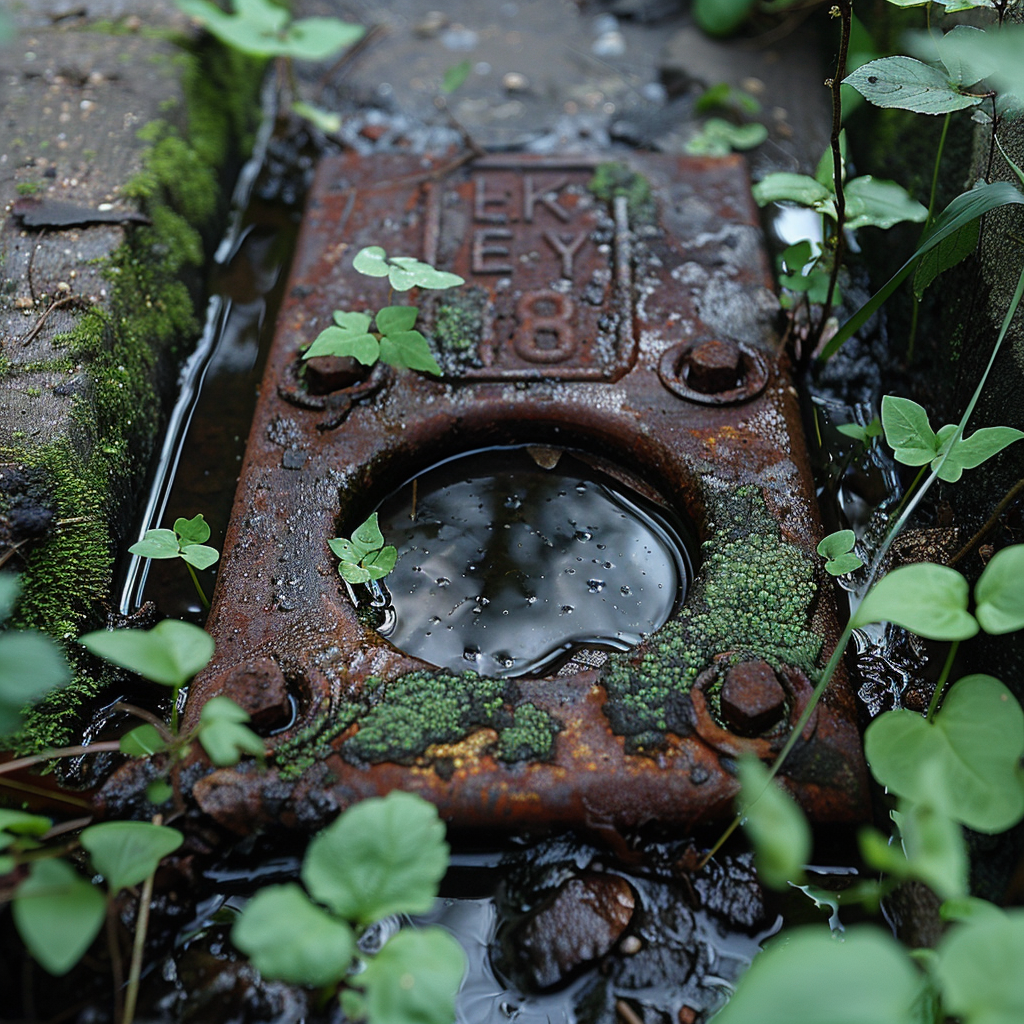
To keep bacteria issues under control in your septic system, it’s best to be active and always on the ball. Stick to a regular check-up and cleaning timetable; this usually means getting your system inspected and pumped every three to five years. Watch what you toss down the sink—stay away from dumping fats, stuff that won’t break down easily, and harsh chemicals.
Also, try not to use your garbage disposal too much. It sends chunks of waste into the system that are tough to decompose, which can mess with the bacterial balance. Following these tips helps ensure your septic system works well for the long haul.
Bacteria in septic tanks have a big job: they break down waste. They’re crucial in making sure solids get digested and there’s less organic stuff left by the time wastewater moves to the drainage area. This natural process is super important for keeping your septic system running smoothly, ensuring it lasts longer and meets health standards.
Understanding Septic System Bacterial Regulations
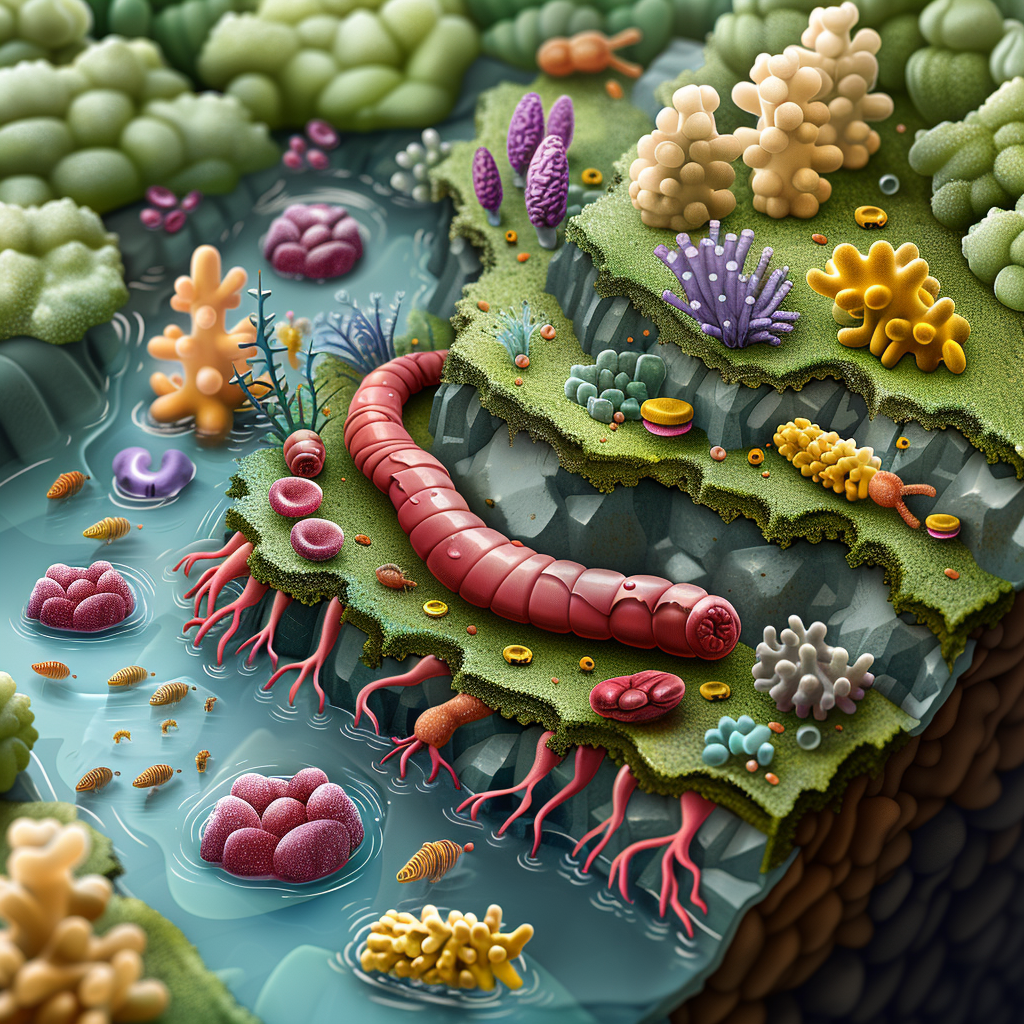
Laws spell out clear rules for the effectiveness of bacteria in septic tanks. These rules are super important to make sure that the wastewater is cleaned well and doesn’t threaten our health or nature when it’s let out. To make sure septic systems meet these rules, people do frequent checks and tests on what comes out of the system, to confirm it’s breaking down waste like it should.
Following Environmental Rules
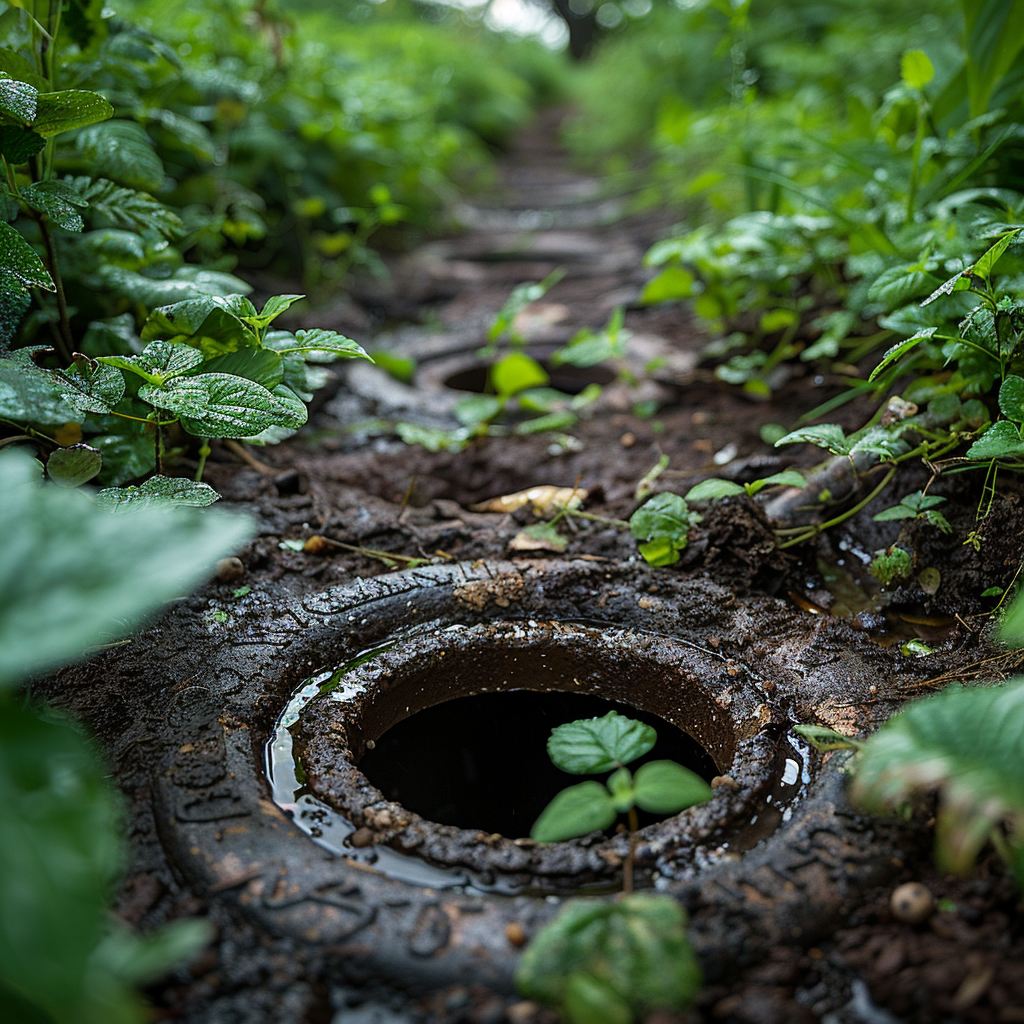
Your septic tank upkeep has gotta stick to the eco rules that keep nature safe. It’s crucial ’cause we gotta make sure the bacteria inside do their job right, so they don’t mess up the water underground or around it. By doing this, we’re looking after the environment, keeping our water clean to drink, and cutting down on sickness spreading around.
Bacteria and Septic System Health
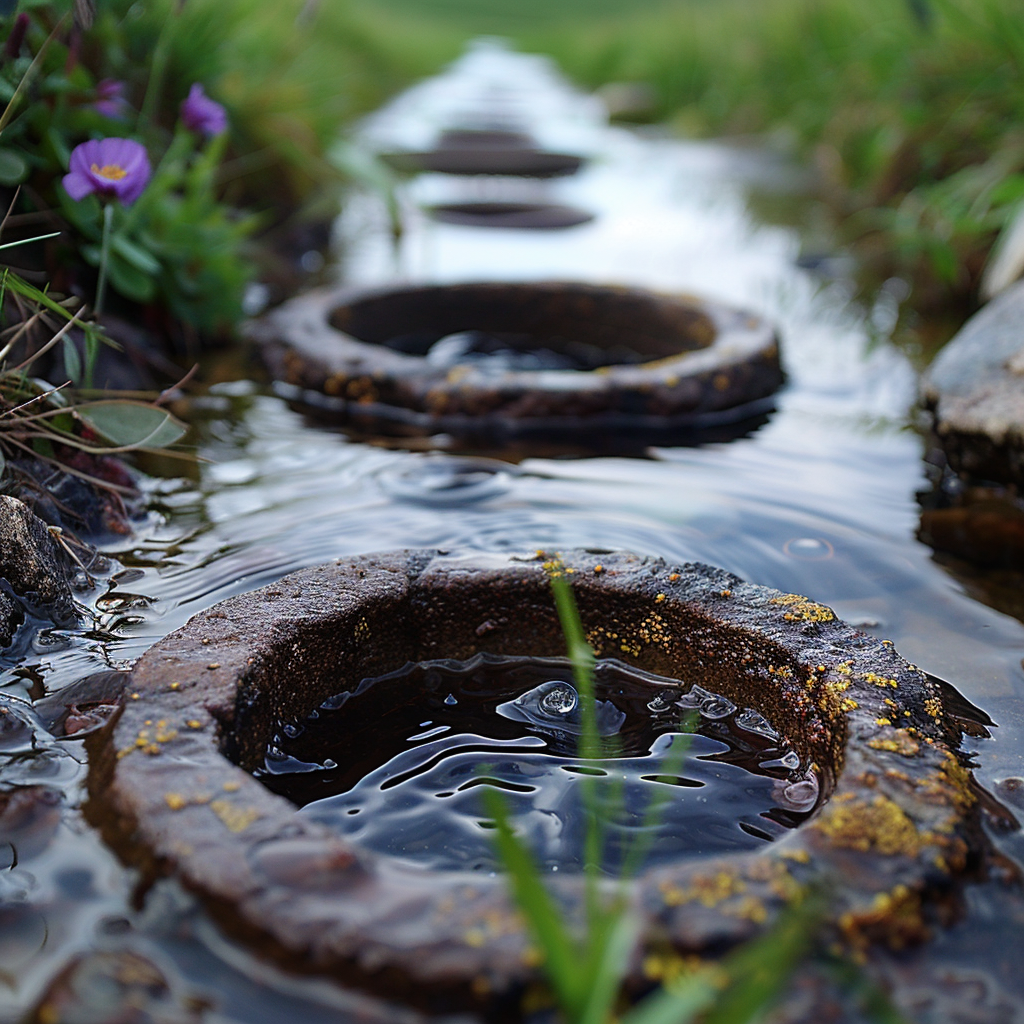
The amount and behavior of bacteria in a septic system can tell us how healthy it is. If there’s a good mix of these tiny critters, it means the system works well, breaking down waste as it should. However, if this balance is off, it could point to troubles like blockages, stinky smells, or even a total breakdown of the system. Keeping an eye on these bacterial signs helps spot issues early so we can fix ’em before things get worse.
Improvements in Biotech and Bacteria Manipulation

New movements in biotech are leading to big improvements in how bacteria are used in septic tanks. Experts are working on creating types of bacteria that can break down poop better, lessen stinky smells, and make septic tanks work better. They want to make groups of bacteria that are strong, not easily affected by changes in their surroundings, and really good at cleaning up waste.
Environmental Impacts and Sustainability Considerations
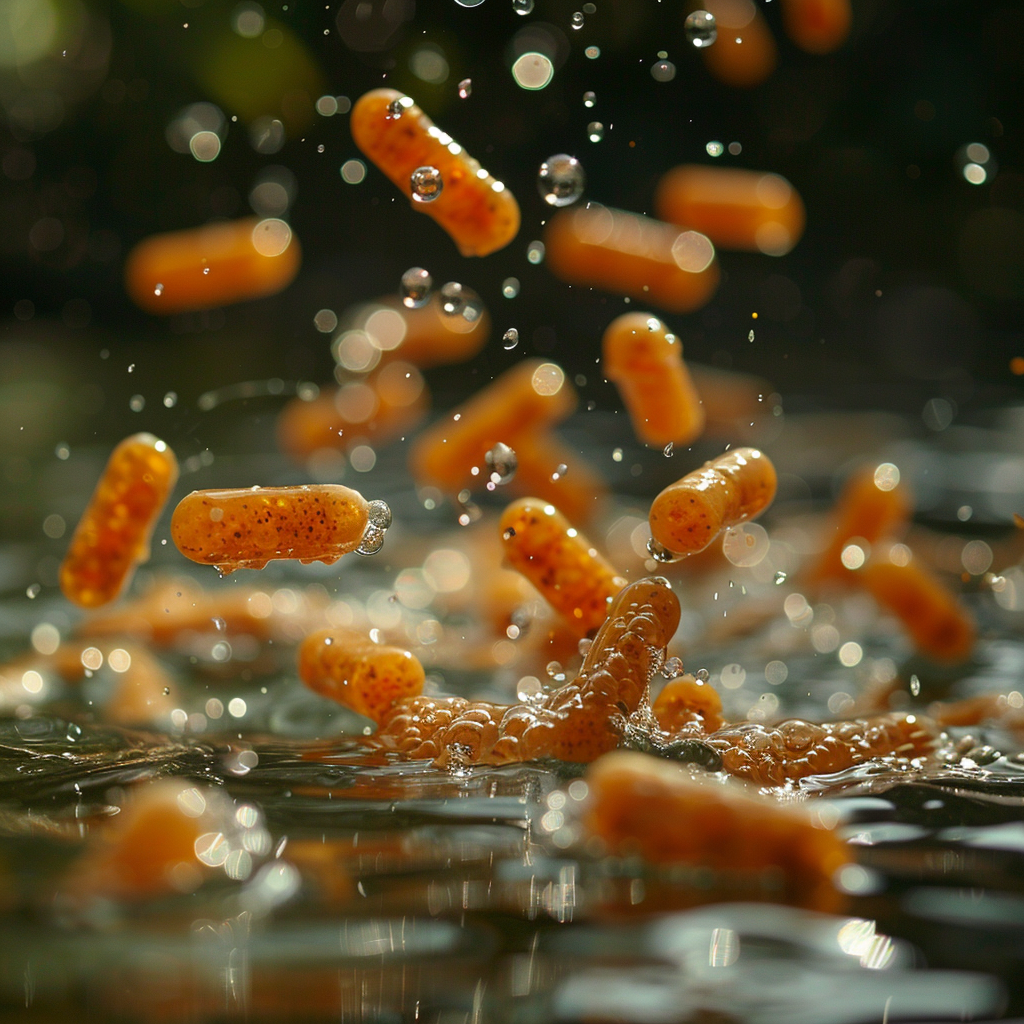
Sustainability is key in managing septic tanks. People are focusing more on the effects these systems have on the environment nearby. Experts in the field are looking into how long septic tanks last and how sustainable they are, mainly when thinking about pollution in groundwater and water on Earth’s surface. They’re trying hard to create tanks that don’t leak or overflow as much, to lower the chances of local water getting dirty with germs and nitrogen stuff.
Changing Ideas and Methods in Managing Septic Systems
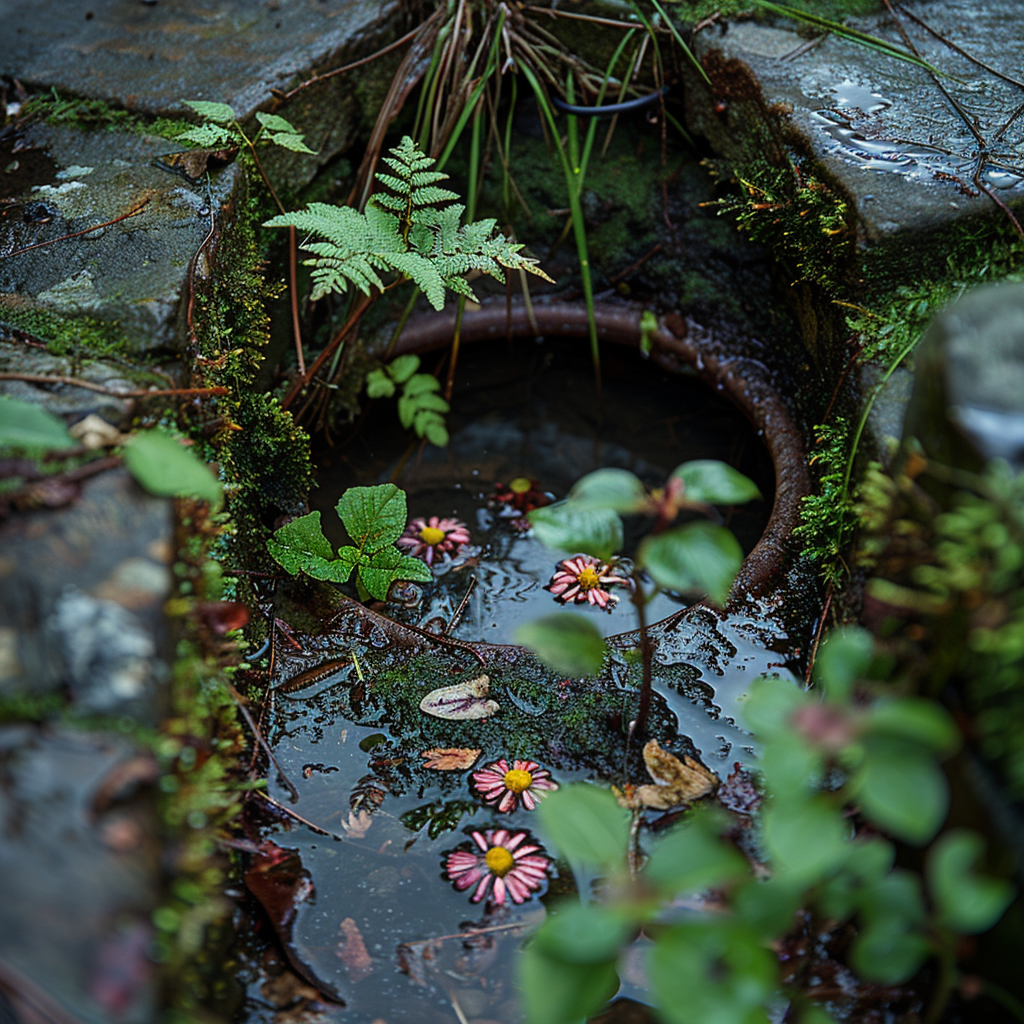
Experts are constantly finding new ways to manage septic systems better. They’re trying out stuff like better filters, eco-friendly materials for building tanks, and arranging the drain fields more efficiently to make the systems work better. Plus, they think keeping a regular check-up routine, helped by smart data analysis, could stop problems before they start and make the systems last longer.
Frequently Asked Questions (FAQ)
How can contractors ensure a septic tank operates efficiently by managing microorganisms within the system?
Contractors can ensure efficient operation of a septic tank by regulating factors such as pH levels, controlling the introduction of harmful substances like bleach, and performing regular maintenance to manage the balance of microorganisms within the tank.
What role do nematodes play in the effectiveness of wastewater treatment within septic tanks?
Nematodes contribute to the breakdown of waste matter, enhance nutrient recycling, and control overgrowth of certain bacteria levels, playing a crucial role in the effectiveness of wastewater treatments in septic systems.
What kind of problems may arise if protozoa populations in septic tanks become unbalanced?
Imbalances in protozoa populations in septic tanks can result in insufficient breakdown of waste, potential backups, and reduced efficiency of the wastewater process due to disrupted microbial activity.
In what ways can household products containing fats affect the sludge and scum layers in septic tanks?
Household products containing fats can contribute to an increase in the thickness of the scum layer at the top of a septic tank, which can lead to clogs in the pipes, disruptions in water flow, and may necessitate more frequent pumping and cleaning.
How does a properly maintained drainfield impact the microbial ecosystem within a septic system?
A well-maintained drainfield ensures efficient effluent filtration and prevents contaminants from returning to surface water or drinking water, thereby supporting a healthy balance of microorganisms within the septic system.
Can the use of septic tank additives influence bacteria types and concentration in both beneficial and adverse ways?
Yes, septic tank additives can potentially alter bacteria types and concentrations; some additives might introduce useful microorganisms to promote balance, while others may disrupt existing microbial communities or degrade treatment efficacy.
Why is it vital to maintain proper bacteria levels to prevent septic tank backups?
Maintaining proper bacteria levels is essential for digesting organic waste and preventing septic tank backups; an imbalance or shortage of bacteria increases the risk of solid waste accumulation leading to clogs and system failures.
What's the reasoning behind professional advice against flushing substances like pesticides down drains that connect to septic systems?
Professional advice against flushing pesticides down drains into septic systems stems from the fact that these substances can kill beneficial bacteria involved in breaking down sewage, thus hindering wastewater treatment and potentially causing environmental harm.
Can high temperatures within a septic tank's environment contribute to a decline in necessary bacterial life cycles?
Yes, extremely high temperatures can disrupt bacterial life cycles by accelerating metabolism excessively or killing sensitive species, thereby affecting the balance and overall efficiency of the wastewater treatment within a septic tank.

I’m Tim Robberts, a seasoned wastewater treatment & septic system expert with over 40 years of experience in the field. My career began as a septic tank installer, and I quickly gained a reputation for my attention to detail and commitment to excellence. Over the years, I’ve honed my skills in designing, installing, and maintaining septic systems for residential and commercial properties.